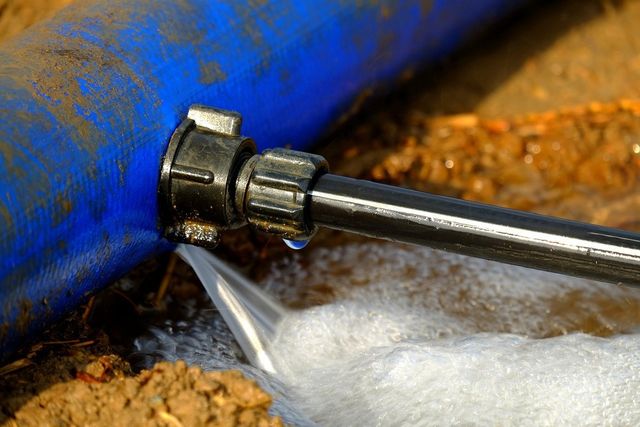How do you feel with regards to Hacks to detect leaks?

Early discovery of leaking water lines can alleviate a potential calamity. Some tiny water leakages may not be visible.
1. Take A Look At the Water Meter
Every house has a water meter. Examining it is a surefire manner in which helps you find leakages. For starters, switch off all the water sources. Make sure no one will purge, use the tap, shower, run the washing maker or dishwasher. From there, most likely to the meter as well as watch if it will certainly change. Since no one is using it, there should be no activities. If it relocates, that indicates a fast-moving leak. Also, if you identify no changes, wait an hour or 2 and also check back once more. This implies you might have a slow-moving leakage that might also be below ground.
2. Inspect Water Intake
Assess your water bills and track your water usage. As the one paying it, you ought to observe if there are any type of disparities. If you detect sudden changes, regardless of your intake coinciding, it means that you have leaks in your plumbing system. Remember, your water bill ought to fall under the same range monthly. An unexpected spike in your expense suggests a fast-moving leak.
At the same time, a constant rise on a monthly basis, despite the exact same practices, shows you have a slow leakage that's likewise slowly escalating. Call a plumber to thoroughly examine your residential or commercial property, especially if you really feel a warm area on your flooring with piping beneath.
3. Do a Food Coloring Test
When it comes to water intake, 30% comes from bathrooms. If the color in some way infiltrates your dish throughout that time without flushing, there's a leakage between the storage tank and dish.
4. Asses Exterior Lines
Don't fail to remember to examine your exterior water lines too. Ought to water permeate out of the link, you have a loose rubber gasket. One small leakage can waste lots of water and also spike your water bill.
5. Evaluate the scenario and examine
House owners should make it a practice to inspect under the sink counters and also also inside closets for any bad odor or mold growth. These 2 warnings show a leakage so punctual attention is required. Doing routine inspections, even bi-annually, can conserve you from a major problem.
If you know your house is already old, maintain a watchful eye on your heating systems, pipes, pipes and so on. Look for discolorations as well as compromising as the majority of pipelines and also devices have a life expectancy. They will certainly likewise naturally deteriorate as a result of tear and also use. If you presume leaking water lines in your plumbing system, don't await it to escalate. Call an expert plumber today so you don't end up with a dreadful mess in your house.
Early detection of leaking water lines can alleviate a possible calamity. Some small water leaks might not be noticeable. Inspecting it is a surefire method that aids you discover leaks. One little leak can lose lots of water as well as surge your water bill.
If you presume leaking water lines in your plumbing system, don't wait for it to escalate.
WARNING SIGNS OF WATER LEAKAGE BEHIND THE WALL
PERSISTENT MUSTY ODORS
As water slowly drips from a leaky pipe inside the wall, flooring and sheetrock stay damp and develop an odor similar to wet cardboard. It generates a musty smell that can help you find hidden leaks.
MOLD IN UNUSUAL AREAS
Mold usually grows in wet areas like kitchens, baths and laundry rooms. If you spot the stuff on walls or baseboards in other rooms of the house, it’s a good indicator of undetected water leaks.
STAINS THAT GROW
When mold thrives around a leaky pipe, it sometimes takes hold on the inside surface of the affected wall. A growing stain on otherwise clean sheetrock is often your sign of a hidden plumbing problem.
PEELING OR BUBBLING WALLPAPER / PAINT
This clue is easy to miss in rooms that don’t get much use. When you see wallpaper separating along seams or paint bubbling or flaking off the wall, blame sheetrock that stays wet because of an undetected leak.
BUCKLED CEILINGS AND STAINED FLOORS
If ceilings or floors in bathrooms, kitchens or laundry areas develop structural problems, don’t rule out constant damp inside the walls. Wet sheetrock can affect adjacent framing, flooring and ceilings.
https://www.servicemasterbyzaba.com/blog/how-to-detect-water-leakage-in-walls/

As an enthusiastic reader about Hacks to detect leaks, I thought sharing that piece of content was worth the trouble. Do you know about somebody who is truly interested in Detecting hidden plumbing leaks? Take a moment to promote it. I cherish reading our article about Locating water leaks.